|
Caring for precious gems
Image Gallery (17 Images)
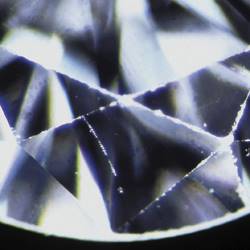
1. Worn edges and corners on a brilliant cut diamond with a scratch across a main facet. Diamonds are not indestructible.
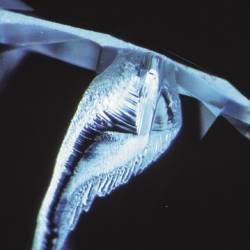
2. Chip on the girdle of a diamond, situated where the girdle is thin. Thin or sharp-edged girdles are potential damage zones.
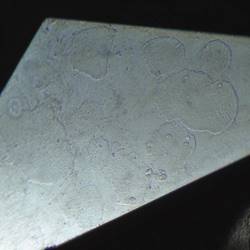
3. Burned surface spots (burn marks) on a star facet of a brilliant-cut diamond. (10x magnification).
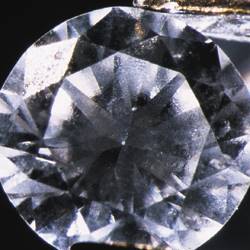
4. A soldering repair to a ring containing this 0.30-carat brilliant-cut diamond left the stone with a totally burned surface.
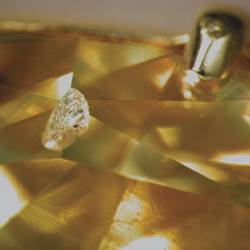
5. A stepped chip on a diamond facet edge caused by a laser shot. A black spot of graphite is visible In the centre.
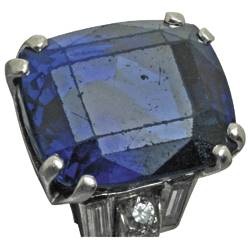
6. Wear marks on a sapphire mounted in a ring, with abrasions on facets, corners and edges.

7. A ruby with numerous twin lamellae and natural fissures, damaged by too much pressure from tongs.
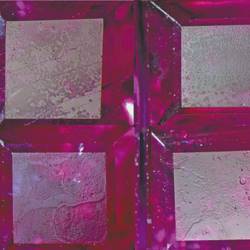
8. Rubies with corroded surfaces due to dissolution by hot soldering flux.
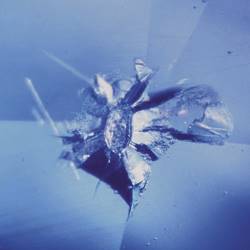
9. An enlarged zircon inclusion in a sapphire has caused tension and spalling or exfoliation of the surface.
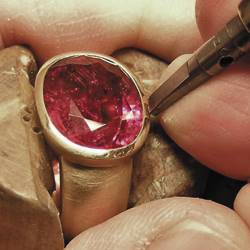
10. The setting tool must not touch the stone. Damaged stones are quite common with this type of blemish.
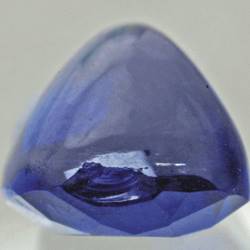
11. A sapphire with damage from a setting hammer. Re-shaping will result in a weight loss of at least 1-carat.
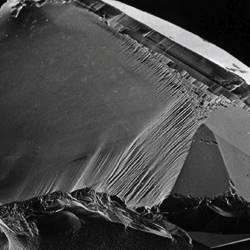
12. The break structure of a sapphire damaged during enlargement of a ring.
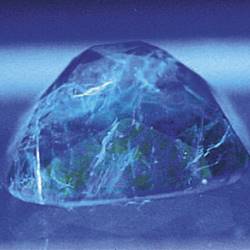
Caring for precious gems is important
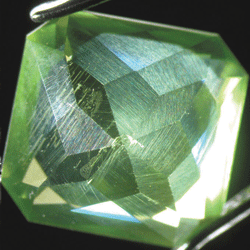
13. The warm acid bath used after soldering has attacked the surface of this peridot. Distinct corrosion is visible.
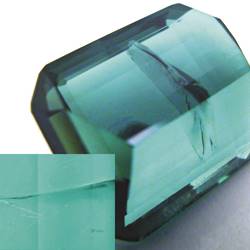
14. A tiny scratch (left on inset) on the surface of this tourmaline has released a major fissure.
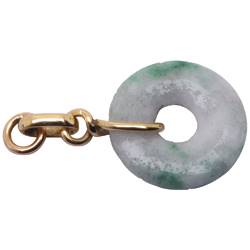
15. A B-jade pendant with rough surface after ultrasonic cleaning. This is due to disintegration of the material.
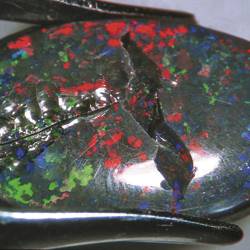
16. This flat, black opal cabochon broke when the goldsmith re-adjusted the ring it was set-in.
|
|
|
|